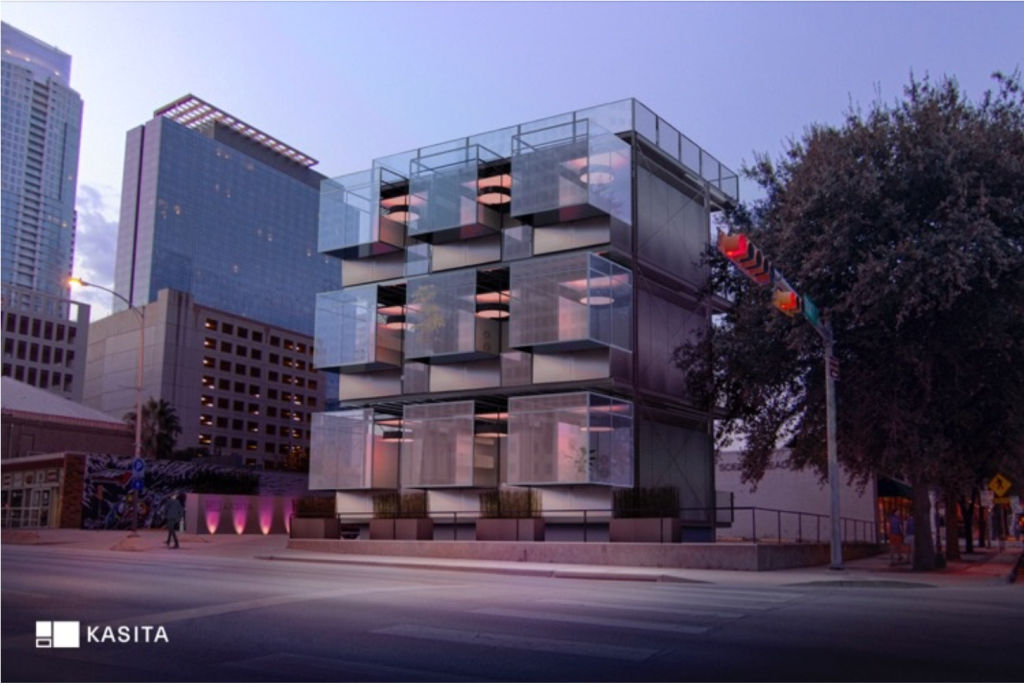Tiny, Tiny House
Modern and Stackable
Economic crises and housing shortages have inspired many architects and engineers. Their desire to solve modern housing dilemmas has resulted in several affordable, efficient, and accessible units that change the way that we see multifamily housing. Below are two recent example of space-savvy and cost-effective housing. They could promote big changes in the multifamily marketplace. […]
